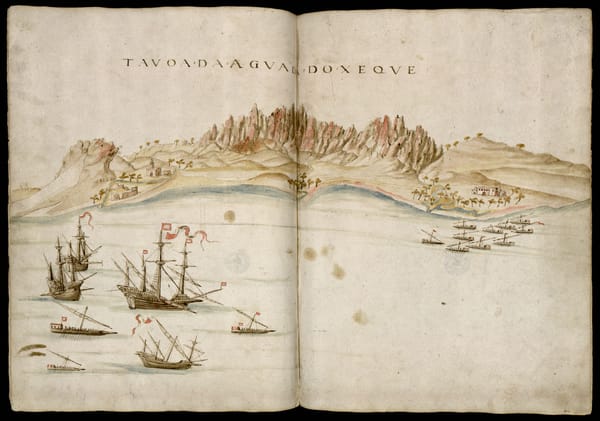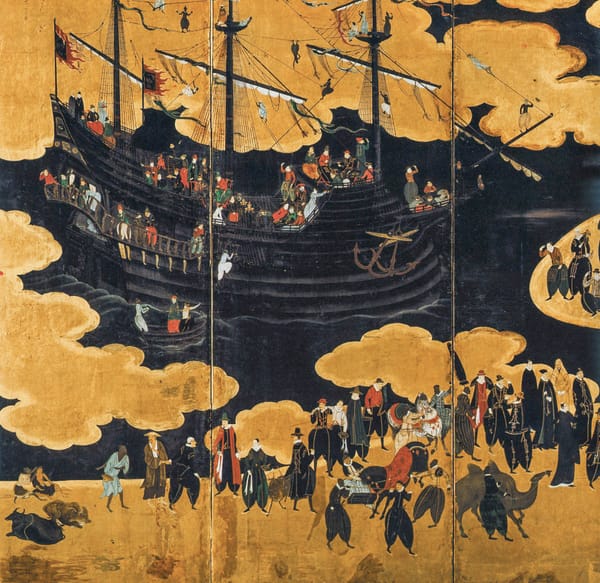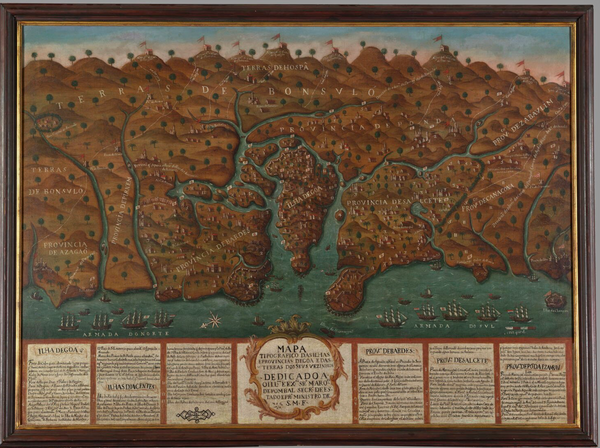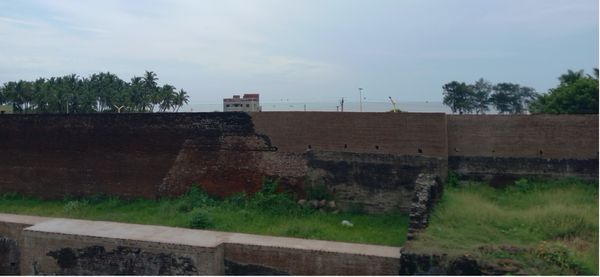From Isfahan to Surat and Hughli: An Iranian Merchant Dynasty between Mughal and East India Company Rule
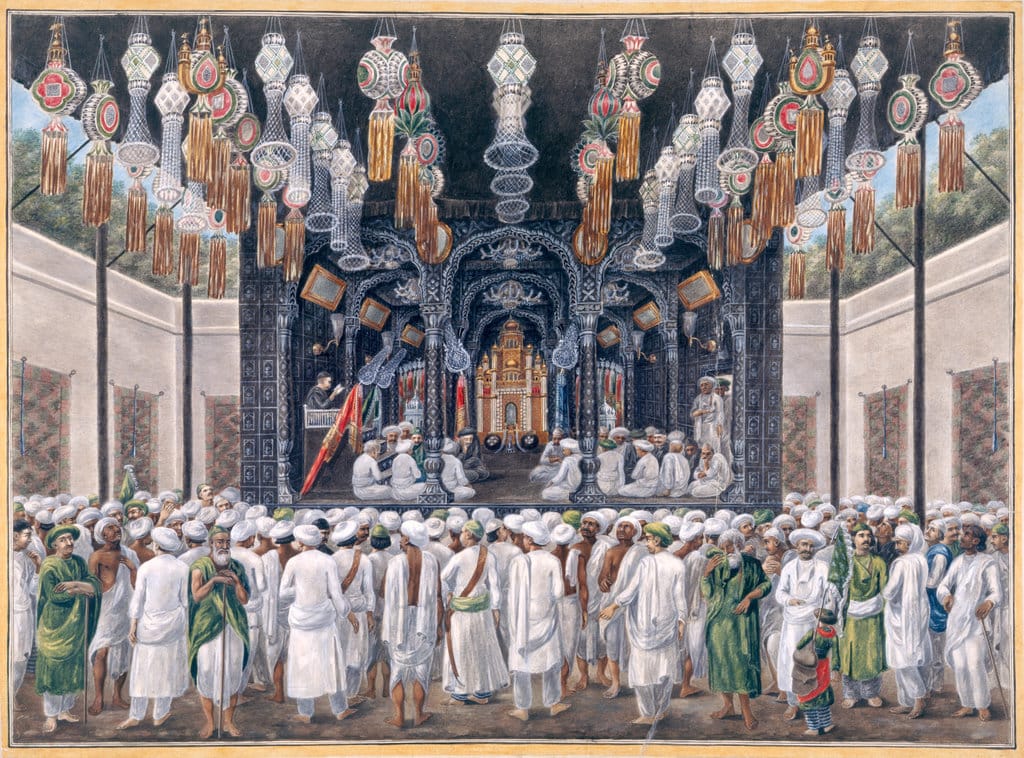
While the English and Dutch factories in the town of Chinsura in West Bengal have long disappeared from the urban fabric, another monument to the town's rich economic history continues to dominate the skyline: the Hooghly Imambara. A Twelver Shiʿi congregation hall, the imambara was established by a merchant of Iranian descent named Muhammad Muhsin (1732-1812) at the beginning of the nineteenth century. Yet Muhammad Muhsin was no first-generation upstart, but the descendant of a family with ties to Mughal emperors, nawabs of Bengal, and the highest echelons of the East India Company. His family's history and the institution he established is a broader testament to patterns of elite Iranian migration to India in the Mughal and colonial periods and invites a broader reflection on two points. The first is the ability of Irano-Indian merchants across the long eighteenth century to build up portfolios consisting of landed wealth, state privileges, and profits from trade. The second is the persistence and decline of family wealth across imperial regimes in South Asia.

The imambara has generated a rich archive, in large measure because it was transformed in the mid-nineteenth century into a trust managed by the colonial state. For example, in Calcutta in 1914 a volume appeared containing over 900 pages of correspondence related to the institution between 1815 and 1910 (Collection of papers relating to the Hooghly Imambara. 1815-1910). Among the sources briefly mentioned in the anthology was a Persian history of Muhammad Muhsin's family titled Tabaqa-i Muhsiniyya published in Calcutta in 1889 (Ashraf al-Din Ahmad, Tabaqa-i Muhsiniyya). The text's author was Nawabzada Sayyid Ashraf al-Din Ahmad, then one of the trustees (mutawalli) of the imambara. Unlike the English language documentation related to the institution, the Persian history furnishes the pre-colonial backstory of the imambara's founders.
As the opening chapter of the text relates, Haji Muhammad Muhsin's ancestor, Agha Muhammad Mutahar (d. 1732), had come from Isfahan to India in the latter years of the Emperor Aurangzeb's reign. Like many Iranian emigrants of the previous century, he came in pursuit of trade and political opportunity. While one nineteenth-century account maintains that Agha Muhammad Mutahar initially lived in Hindustan (in other words, in the core of the Mughal Empire), Sayyid Ashraf al-Din maintains that he settled down in the port of Hughli from the first. Other members of the family subsequently made the journey from Isfahan to Hughli.
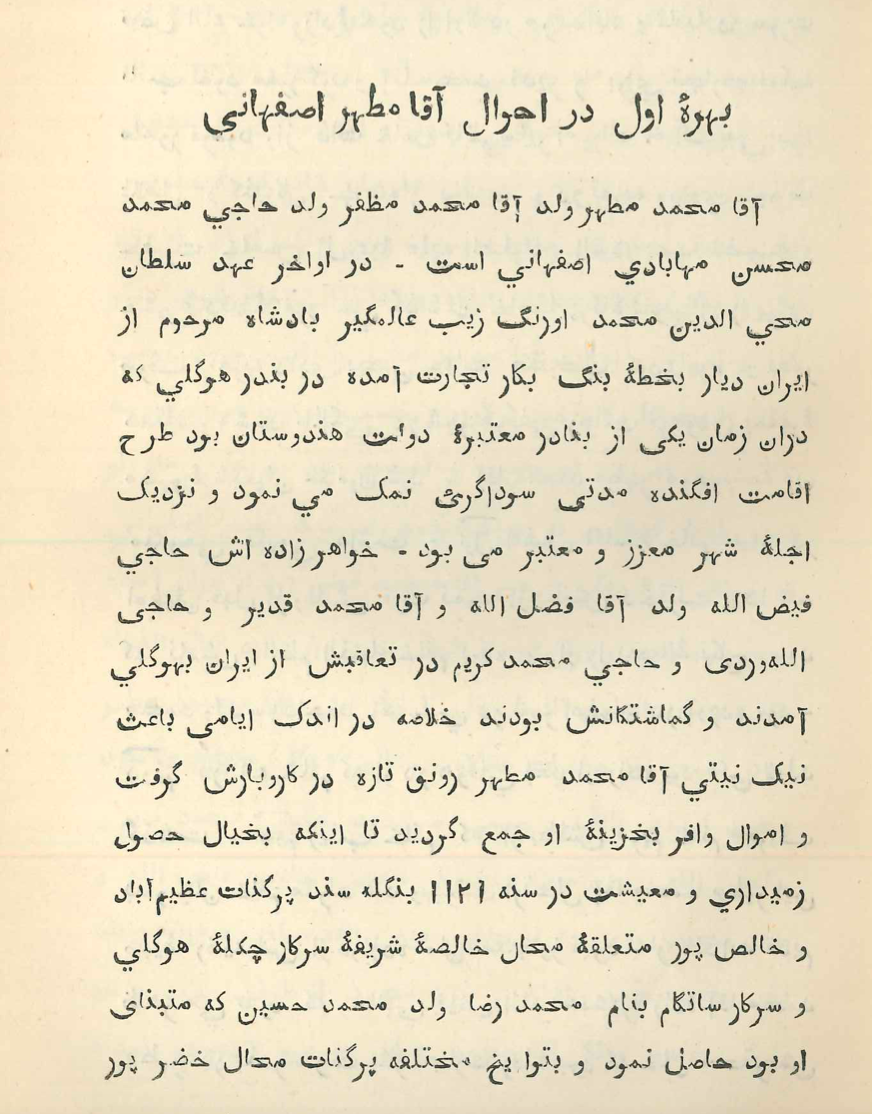
Some nineteenth-century accounts record that Agha Muhammad Mutahar became a favorite of the Emperor Aurangzeb and received some land grants (jaghir) from the ruler (Lokenath Ghose, The Modern History of the Indian Chiefs, Rajas, Zamindars, & C: The native aristocracy and gentry, 304-309). But Tabaqa-i Muhsiniyya records that the Iranian merchant received these grants in 1709 (1121 Hijri), two years after Aurangzeb's death, presumably from the succeeding emperor, Bahadur Shah I. Eight years later, in 1717, Agha Muhammad Mutahar purchased the land in Hughli upon which the imambara would be subsequently constructed. In these years, the family also had a branch of their business in Surat, hitherto the premier entrepot of the Western Indian Ocean. The family's commercial network thus spanned Isfahan, Gujarat, and Bengal and this at a time when the Safavids and Mughal empires were enduring a series of deep-seated crises.
In the firm's Surat branch Agha Muhammad Mutahar appointed his nephew, Haji Faiz Allah, as his agent. In due course, however, Haji Faiz Allah left Surat and settled in Bengal. This move out of Surat was perhaps warranted, for by the mid-eighteenth century the city's economic clout was badly bruised by internal political turmoil and the rise of a regional competitor for economic supremacy, Bombay (Das Gupta, Indian Merchants). All the same, the example of Agha Muhammad Mutahar's family - in particular their fusion of Mughal land grants and oceanic trade - suggests a need to re-think paradigms that see the Mughal Empire as an "agrarian state" whose nobles had no interest in maritime enterprises, but remained content to collect passive revenue from landholdings.
Even so, the landed possessions that Agha Muhammad Mutahar had acquired in Bengal in the first decades of the eighteenth century would prove a vital nest egg for the family for generations. Of course, Bengal in the wake of Mugahl decentralization had no shortage of political drama, and the descendants of Agha Muhammad Mutahar were forced to navigate the quagmire generated by rivalry between the local nawabs and agents of the East India Company, which made an overt bid for territorial hegemony in the province by the 1740s. Internal family squabbles over inheritance and succession also marked their history.
The descendants of Agha Muhammad Mutahar were able to weather these tempests better than most members of the late Mughal gentry. They were helped in this by the fortune of Mirza Salah al-Din, another migrant from Isfahan, who married Agha Muhammad Mutahar's daughter, Manu Jan (the sister of Haji Muhammad Muhsin). Mirza Salah entered into the service of Nawab Alivardi Khan (d. 1756). After negotiating a treaty with the Marathas, the nawab bestowed upon Mirza Salah the post of faujdar (a revenue/law-and-order officer) in Bengal and the rank (mansab) of Rs. 1500 per month (6-7). This only served to further increase the wealth of Agha Muhamad Mutahar's lineage. And when Mirza Salah died in 1754, his widow, Manu Jan, was the sole heir of both the traditional family possessions and those of her late husband. In turn, she solicited the help of Haji Muhammad Mushin to run their sprawling estate.
Over the previous years Haji Muhammad Mushin had undertaken an extended pilgrimage to the shrine cities of southern Iraq and completed the Hajj and also returned for a period to the family's ancestral home in Isfahan (14). Eventually, however, at his sister's request he returned to Bengal to lend his support in helping her run the estate. At his sister's death in 1803, Haji Muhammad Mushin inherited the entirety of the family's vast real estate portfolio. Three years later he constituted the imambara as an Islamic pious endowment (waqf), which financed a variety of charitable, educational, and economic endeavors for the next century, both for his descendants and other local residents.
By 1836, however, district officials of the East India Company assumed management over the site, although a committee of Muslim trustees was appointed in due course to manage the day-to-day operations. While the subsidiary funds of the trust continued to maintain the imambara, the estate of Haji Muhammad Muhsin became ever more tied up in the dense thicket of colonial trust law. This was an all-too-common trajectory for the landed and mercantile wealth of the north Indian gentry in early colonial India. What had been in the eighteenth century diverse economic portfolios comprised of assets in the form of landholdings and dividends from Indian Ocean trade increasingly became either 'public' entities or exclusive family endowments with only a threadbare economic connection to the hinterland or the ports of the Bay of Bengal.
Sources
Collection of papers relating to the Hooghly Imambara. 1815-1910 (Calcutta: Bengal Secretariat Book Depot, 1914).
Ashraf al-Din Ahmad, Tabaqa-i Muhsiniyya (Calcutta, Urdu Gu[i]de Press, 1889).
Ashin Das Gupta, Ashin Das Gupta, Indian Merchants and the Decline of Surat, c. 1700–1750 (Wiesbaden, West Germany: Franz Steiner Verlag, 1979).
Lokenath Ghose, The Modern History of the Indian Chiefs, Rajas, Zamindars, & C: The native aristocracy and gentry, part II (Calcutta: J.N. Ghose, 1881).


